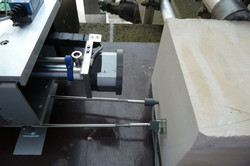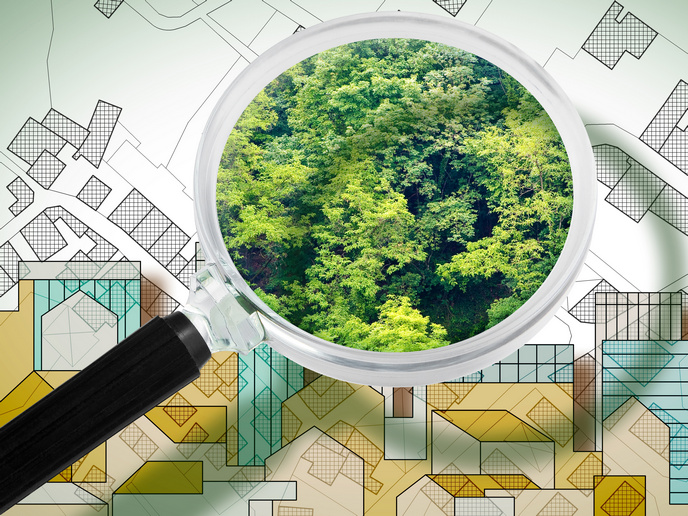Preserving Europe's cultural and historical assets
Historic buildings, monuments, museum collections and the like are collectively known as cultural heritage (CH). To preserve Europe's CH for future generations and tourism, scientists need to know how exposed surfaces are affected by the urban environment. Researchers need to be able to monitor the effects of temperature, light, humidity and pollution on degradation (oppure damage, weathering) and soiling of CH. The EU-funded TEACH (Technologies and tools to prioritize assessment and diagnosis of air pollution impact on immovable and movable cultural heritage) project helped address this need. Project partners identified and prioritised current and projected major CH pollutants and environmental parameters and their impact on materials. The effects of predicted pollution on conservative surface treatments were evaluated. They examined current devices and technologies that assess the chemical, physical and biological factors affecting indoor and outdoor CH. Based on this, a cost-effective and user-friendly kit was developed for outdoor monitoring of heritage surfaces and the nearby environment. The team also developed a methodology for diagnosis of indoor environments that included a simple compact soiling and dust dosimeter monitor damage to CH surfaces. Research showed that city pollution causes stone surfaces to yellow and darken over time. This led to new information about the urban air quality in Europe and the Mediterranean Basin, which could inform policies to better protect CH. Lastly, the main results were included in the Guidelines, an important tool to support the decision making in preventive conservation strategy. At the same time, dissemination, marketing, economic feasibility and exploitation of project outcomes were made available and they will be updated according to results over the next 10 years. TEACH contributed to more accurate damage assessment, diagnosis and monitoring of CH. Europe's cultural and historical assets will thus be better preserved for generations to come.
Keywords
Environmental pollution, historic buildings, cultural heritage, air pollution







